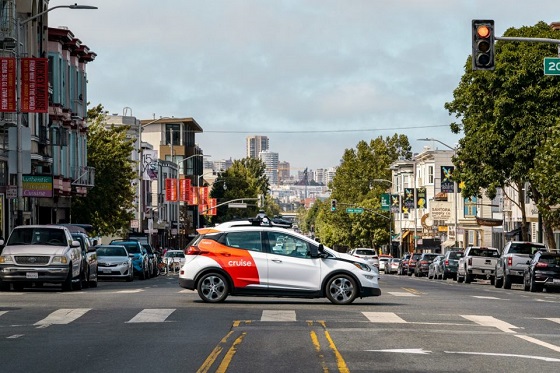San Francisco has seen an growth in protests by residents rise against disturbances caused by autonomous vehicles. A growing number of protestors have found an unusual method of expressing their discontent – by placing traffic cones on the hoods of these robotaxis, rendering them immobile. Their rallying cry is a defiant rejection of the emerging autonomous future, summed up in the phrase: “Hell no, we do not consent to this.”
These protests were catalyzed by a series of disruptive incidents involving autonomous vehicles. A city streetcar was forced to a seven-minute halt because an unmanned Cruise vehicle had parked on its tracks, impacting the commute of approximately 140 passengers. It was only when a Cruise employee arrived to physically move the vehicle that the streetcar was able to resume its journey.
Earlier a self-driving vehicle from Cruise obstructed a critical lane, delaying a fire engine responding to a high-priority call. The incidents have largely gone unnoticed due to California’s outdated Autonomous Vehicle (AV) reporting requirements.
San Francisco, being a stone’s throw away from Silicon Valley, has become a key urban locale for testing and deploying AV technology. The city is, in essence, a real-world preview of an autonomous future. With California’s issuance of the first passenger service AV deployment permits this year, the use of autonomous vehicles is only expected to rise. As autonomous vehicle testing extends to cities such as Los Angeles, Las Vegas, Phoenix, and Austin, the experiences of San Francisco serve as a harbinger of potential challenges.
A group of San Franciscans realized that they can disable Waymo and Cruise robotaxis by placing a traffic cone on the vehicle’s hood.
They’re now encouraging others to do it: “Hell no, we do not consent to this.” pic.twitter.com/ZrYhy4OATy
— David Zipper (@DavidZipper) July 6, 2023

